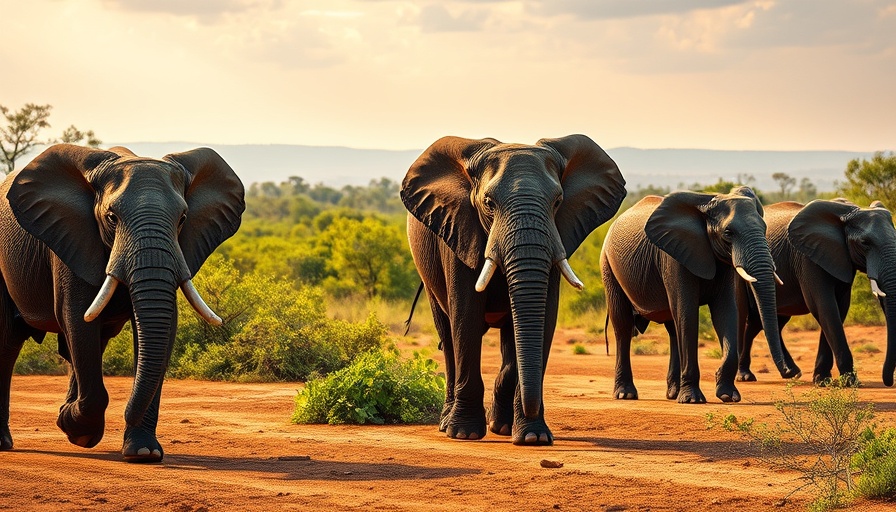
Tina and Billy: A Plea for Compassion
In the heart of Los Angeles, two elderly elephants, Billy and Tina, are facing an uncertain future as their zoo prepares to transfer them to another facility. Billy, now 40, arrived at the LA Zoo as a young calf from Malaysia, while Tina has watched over 60 years of life unfold, both trapped in enclosures that pale in comparison to their natural habitats. The proposed plan to rehome them to Tulsa, Oklahoma, has sparked furious opposition, urging the city to consider a more humane option: a sanctuary.
Understanding Elephants’ Needs and Emotional Depth
Elephants are extraordinary beings, displaying behaviors that illustrate their complex emotional lives. Research has shown that they form deep familial bonds and experience a range of emotions, from joy and playfulness to mourning. In the wild, they roam vast distances—up to 2.7 million acres—seeking food, social interactions, and security. Sadly, captivity inflicts severe harm, shortening their lifespans and resulting in chronic health problems, due to the restrictive conditions of zoos.
The Role of Advocacy and Public Support
Celebrities, like the iconic Cher, have joined the chorus of advocates advocating for Billy and Tina’s freedom. Cher remarked, "They deserve the chance to live out their lives in peace and dignity." Her voice, alongside numerous grassroots movements, amplifies the urgent call for the City of Los Angeles to prioritize the wellbeing of these beloved creatures over traditional zoo practices.
The Heartbreaking Reality of Zoo Conditions
As the LA Zoo has faced the loss of other herd members, the proposed relocation of Billy and Tina raises concerns about subjecting them to further stress and upheaval. The transition from one zoo to another is not merely an address change; it can be traumatic for animals accustomed to familiar surroundings and the comfort of their long-standing social structures. It’s essential for the public to understand that animals like Billy and Tina are not just spectacles for entertainment—they are sentient beings deserving of compassion and respectful treatment.
Why Sanctuaries Matter
Sanctuaries provide an environment tailored to the natural needs of elephants, offering spacious habitats where they can thrive rather than merely survive. A reputable sanctuary would allow Billy and Tina to enjoy their remaining years with the dignity they have long been denied. Rather than being moved to another confined space, their transfer to a sanctuary would ensure they engage in natural behaviors, socialize with fellow elephants, and experience the enrichment of life they truly deserve.
Joining the Movement: How You Can Help
Feeling moved by the plight of these majestic elephants? You can make a difference by signing the petition to demand that the City of Los Angeles takes action now! Each signature adds weight to the call for change and helps spread awareness about the necessity of compassionate care for wildlife. Through collective efforts, we can stand up against the traditional zoo paradigm and support a future where animals can live freely in sanctuaries.
Final Thoughts
The urgency surrounding the future of Billy and Tina highlights a critical conversation around wildlife welfare and the ethics of captivity. Our understanding and sympathy are key to fostering a society that values the lives of all creatures, ensuring they are treated with respect and compassion. There is still time to change their fate—join the movement today!
 Add Row
Add Row  Add
Add 




Write A Comment